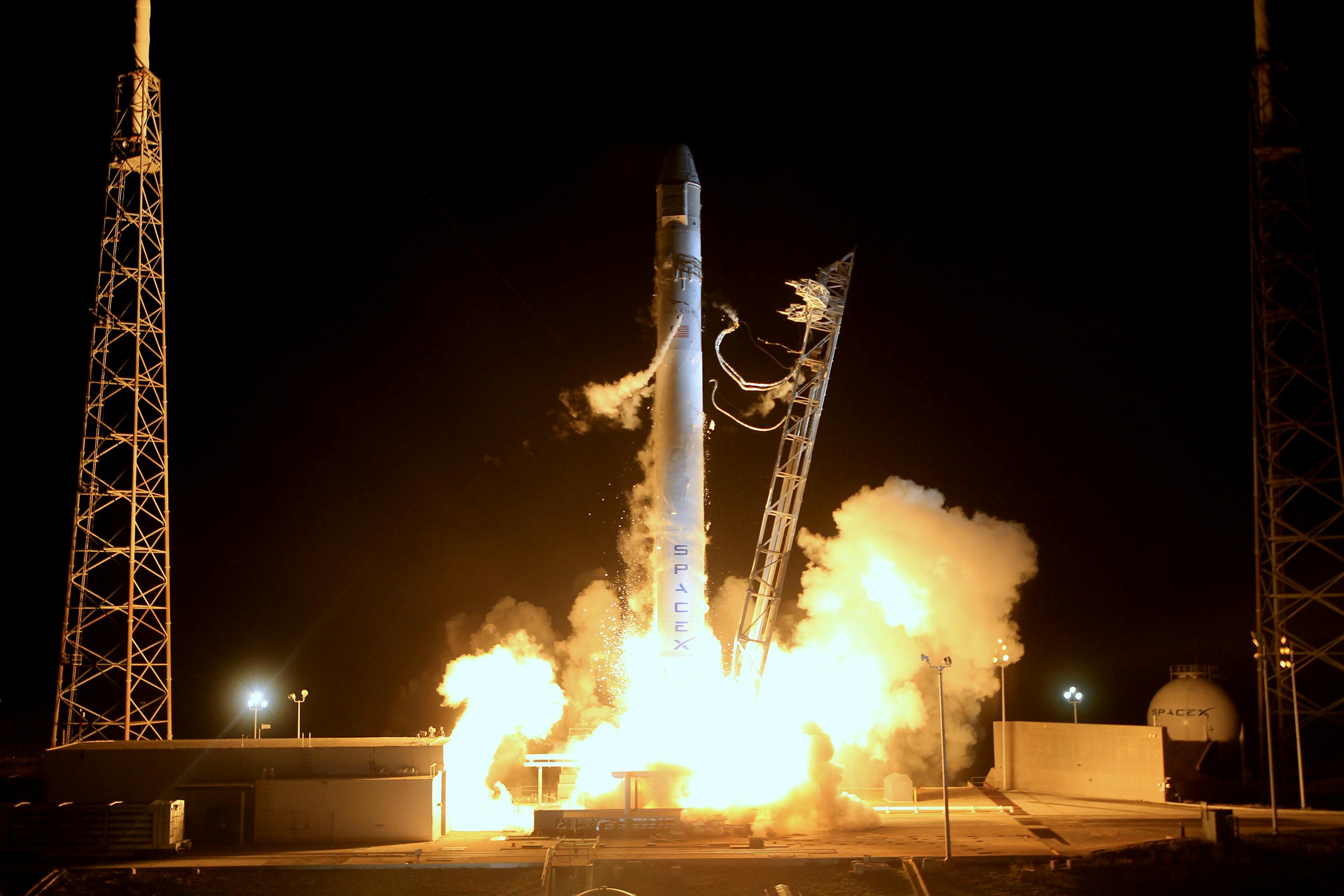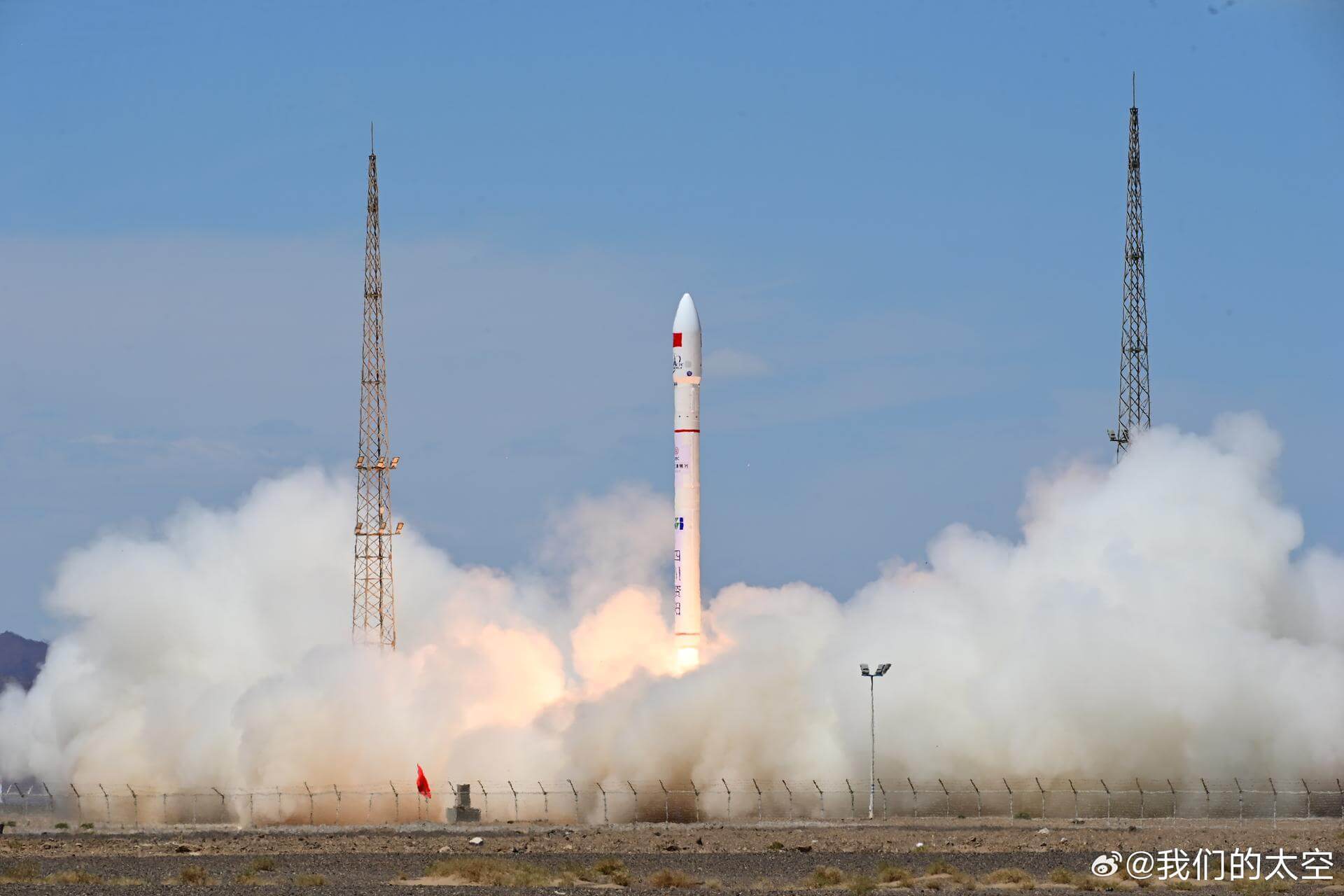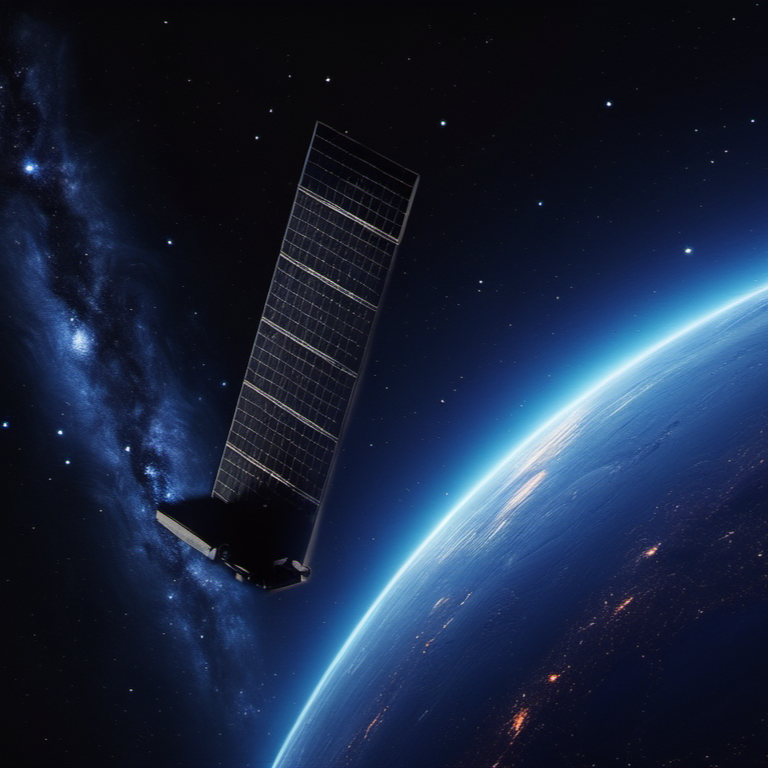· space brief · 6 min read
Space Brief 28 Jul 2025
Today's highlights include SpaceX's rapid Starlink launches, insights into China's Mars sample return mission, and ULA's future launch plans. Also, a new Space Force general takes the reins of the U.S. missile defense program.

📄Top Stories
SpaceX continues to set records with back-to-back Starlink launches, marking its 92nd launch of the year. Meanwhile, China’s Tianwen 3 Mars sample-return mission outlines ambitions for a 2028 launch. A strategic shift at ULA sees a focus on the Vulcan Centaur rocket, scaling back launch expectations for 2025. The U.S. Senate approves a new leader for the nation’s Golden Dome missile defense initiative.
📰Detailed Coverage
SpaceX’s Rapid Starlink Launches
SpaceX has demonstrated operational prowess by launching two separate Starlink missions within 24 hours. The first launch from Florida was closely followed by another from Vandenberg Space Force Base in California, signifying SpaceX’s aggressive expansion of its satellite internet constellation. This marks the 92nd mission for SpaceX in 2025, continuing its trend of rapid launches.
These back-to-back launches highlight SpaceX’s ability to quickly turnaround and reuse its Falcon 9 rockets, underscoring the robust capability of their reusable technology which could be tracked in real-time, offering valuable data for our web app users.
Read the full story: SpaceX Launch
China’s Tianwen 3 Mars Mission
China has set its sights on a groundbreaking Mars sample-return mission with Tianwen 3, aiming to launch in 2028 and return Martian material by 2031. The mission seeks to bring back at least 500 grams of samples, underscoring China’s advancements in space exploration.
Led by Hou Zengqian from the Chinese Academy of Sciences, this mission will face enormous challenges due to the distance and complex operations involved. Success could position China as a global leader in space science, building on previous Mars exploration initiatives.
Read the full story: Mars Daily
ULA’s Strategic Shift to Vulcan
United Launch Alliance (ULA) is adjusting its launch plans for 2025 amid a transition to its new Vulcan Centaur rocket, reducing expected missions from 20 to around 10. This shift highlights ULA’s focus on ensuring the new launch vehicle meets expectations and reliability.
This strategic pivot reflects the industry’s ongoing evolution, as ULA positions Vulcan Centaur as its flagship for future missions, marking a significant transition period that could affect military and commercial launches alike.
Read the full story: SpaceNews
Leadership Change in U.S. Missile Defense
The U.S. Senate has approved Gen. Mike Guetlein to lead the Golden Dome missile defense system, a key national security initiative. This program integrates high-tech defense measures, collaborating with various industry and academic sectors to advance U.S. strategic capabilities.
Gen. Guetlein’s appointment marks a pivotal moment for the Golden Dome, signaling heightened focus on missile defense infrastructure as geopolitical tensions influence defense strategies.
Read the full story: Space War
SpaceX Launches Amidst Service Outages
Following a recent service disruption, SpaceX swiftly launched 28 additional Starlink satellites, underscoring its resilience and commitment to maintaining and expanding its satellite network. This recent lift-off utilized a veteran Falcon 9 booster, demonstrating their adept use of technology to maintain service reliability.
The launch is a testament to SpaceX’s operational intricacy and agility, significantly impacting global internet connectivity efforts from space.
Read the full story: SpaceDaily
🛰️Satellite Spotlight
- Satellite Name: EUTELSAT 1-F5 (ECS 5)
- NORAD ID: 19331
- Launch Date: July 21, 1988
- Mission: This satellite serves primarily for communication purposes, utilizing a variety of Ku-band transponders to facilitate data transmission.
- Orbit: GEO (Geostationary Orbit)
- Operator: EUTEL
- Fun Fact: EUTELSAT 1-F5 was launched aboard an Ariane 3 rocket and was designed for a mission lifetime of seven years, although it continues to provide services beyond that timeframe.
Track this satellite in real-time on our web app: Track EUTELSAT 1-F5 (ECS 5)
🌌Space Weather
Space weather conditions are currently quiet.
Current
R0 - S0 - G0
Last 24 Hour Maximums
R0 - S0 - G0
Recent Alerts
- Continued Alert: Electron 2MeV Integral Flux exceeded 1000 pfu, with a maximum yesterday of 2510 pfu.
- Potential Impacts: Satellite systems may experience significant charging, resulting in increased risk to satellite systems.
Next 24 Hours
-
Radio Blackouts Probability
- Minor: 30
- Major: 5
- Risk: None
-
Solar Radiation
- Probability: 1
- Risk: None
-
Geomagnetic Storming
- Scale: 0
- Impact: none
- Activity: Low
-
Impact Summary
- Next 24 hours: No risk of radio blackouts.
- No risk of solar radiation storms.
- Geomagnetic outlook: No G1 (Minor) or greater geomagnetic storms are expected.
- No significant transient or recurrent solar wind features are forecast.
- Radiation outlook: No S1 (Minor) or greater solar radiation storms are expected.
- No significant active region activity favorable for radiation storm production is forecast.
- Radio blackout outlook: Slight chance for R1-R2 (Minor-Moderate) radio blackouts over 28-30 July.
Long Term Forecast
- Forecast of Solar and Geomagnetic Activity (28 July - 23 August 2025):
- Solar activity is expected to be mostly low with a chance for M-class (R1-R2, Minor to Moderate) flares during the outlook period.
- No proton events are expected at geosynchronous orbit.
- Greater than 2 MeV electron flux at geosynchronous orbit is expected to be at high levels on 28 July, 05-06 August, and 10-23 August due to recurrent coronal hole high-speed stream (CH HSS) influences.
- Low to moderate levels are expected on the remaining days.
- Geomagnetic field activity is expected to be at active to G1 (Minor) storm levels on 04 August, 07-14 August, and 18-22 August due to recurrent CH HSS effects.
- Quiet to unsettled levels are expected on the remaining days of the outlook period.
🚀 Upcoming Space Launches
July 28
- Gilmour Space Technologies Eris-1:
- Maiden Flight from Bowen Orbital Spaceport (21:30 UTC) Maiden flight of Gilmour Space’s orbital launch vehicle Eris.
July 29
- i-Space Hyperbola-1:
- Unknown Payload from Jiuquan Satellite Launch Center, People’s Republic of China (04:03 UTC) Details TBD.
July 30
-
SpaceX Falcon 9 Block 5:
- Starlink Group 10-29 from Cape Canaveral SFS, FL, USA (03:30 UTC) A batch of 27 satellites for the Starlink mega-constellation - SpaceX’s project for space-based Internet communication system.
-
China Aerospace Science and Technology Corporation Long March 8A:
- SatNet LEO Group TBD? from Wenchang Space Launch Site, People’s Republic of China (07:41 UTC) A batch of Low Earth Orbit communication satellites for the Chinese state-owned SatNet constellation operated by the China Satellite Network Group.
-
Indian Space Research Organization GSLV Mk II:
- NISAR (NASA-ISRO Synthetic Aperture Radar) from Satish Dhawan Space Centre, India (12:10 UTC) The NASA-ISRO Synthetic Aperture Radar, or NISAR satellite, will use advanced radar imaging to map the elevation of Earth’s land and ice masses.
-
SpaceX Falcon 9 Block 5:
- Starlink Group 13-4 from Vandenberg SFB, CA, USA (15:39 UTC) A batch of 19 satellites for the Starlink mega-constellation - SpaceX’s project for space-based Internet communication system.
July 31
-
Rocket Lab HASTE:
- JAKE 4 from Wallops Flight Facility, Virginia, USA (01:45 UTC) Sub-orbital launch under Rocket Lab’s Hypersonic Accelerator Suborbital Test Electron (HASTE) program, details TBD.
-
ExPace Kuaizhou-1A:
- Unknown Payload from Xichang Satellite Launch Center, People’s Republic of China (01:51 UTC) Details TBD.
-
SpaceX Falcon 9 Block 5:
- Crew-11 from Kennedy Space Center, FL, USA (16:09 UTC) SpaceX Crew-11 is the eleventh crewed operational flight of a Crew Dragon spacecraft to the International Space Station as part of NASA’s Commercial Crew Program.
Note: Launch dates and times are subject to change due to technical or weather considerations.

Maurice Stellarski





